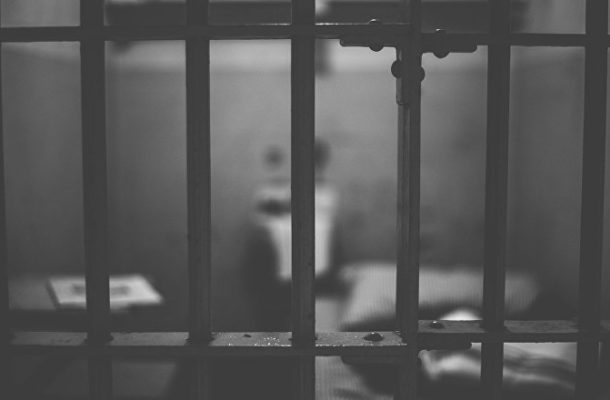In a central district of Tehran, the Ebrat Museum of Torture can be found. Until 1979 what is now a museum was the SAVAK government-operated prison where political prisoners were subjected to the most horrific and perverse torture.
The prison complex's strong walls were built with the aim of instilling fear and terror in those Iranians who opposed Shah Mohammad Reza and defended the ideas of Islamic Revolution leader Imam Khomeini. Davoud Asadi Khamene, a former prisoner at the Iranian institution, has shared his memories with Sputnik.
Khamene was arrested in 1976. He spent six months being interrogated by the anti-subversives department (this is how they used to call political prisoners in Iran).
In mid-autumn, Khamene was transferred to the Qasr prison: "In 1976, the arrests reached their peak, and the Qasr prison was overcrowded with political prisoners. There were up to 40 prisoners in an 18-metre cell".
 ©
©
Photo : Mahia Pasandide
Ebrat Museum of Torture
Later, Davoud Asadi Khamene was transferred to Block No. 3. That coincided with the arrival in Iran of representatives from Amnesty International, Human Rights Watch, and the International Red Cross, who intended to visit Iranian prisons, because the country's authorities had assured them that none of the political prisoners was being tortured. READ MORE: Is Iran or America the World's Leading State Sponsor of Terror?
"Those who had just been interrogated and showed signs of torture were separated from the other prisoners and transported to the prison, now known as Ghezel Hesar. The conditions there were better than in Qasr and the regime was freer", Khamene recalled.
 ©
©
Photo : Mahia Pasandide
Ebrat Museum of Torture
Davoud Asadi Khamene noted that even before his arrest, since 1974, Iranian prisons used to separate prominent Islamic revolutionaries from other prisoners in order to reduce their influence.
"Part of Tehran's Evin prison was reserved especially for clergymen, where many prominent Muslim figures were held".
 ©
©
Photo : Mahia Pasandide
Ebrat Museum of Torture
According to Khamene, at that time the most frequent torture was flogging prisoners on the heels with a thick electric cord:
"These blows left strong and painful marks. They used to use mercurochrome to treat the prisoners. They cut flesh and skin from the feet with scissors and then applied the mercurochrome, which is an antiseptic, on the wounds". READ MORE: Four Sentenced to Death in Saudi Arabia by ‘Manifestly Unfair' Anti-Terror Court Khamene noted that despite all the burdens and suffering he experienced, he recalls his imprisonment and torture as a significant period of his life because it is when he had a desperate desire to defeat the despotism of Shah Mohammad Reza.Source: sputniknews.com


Comments